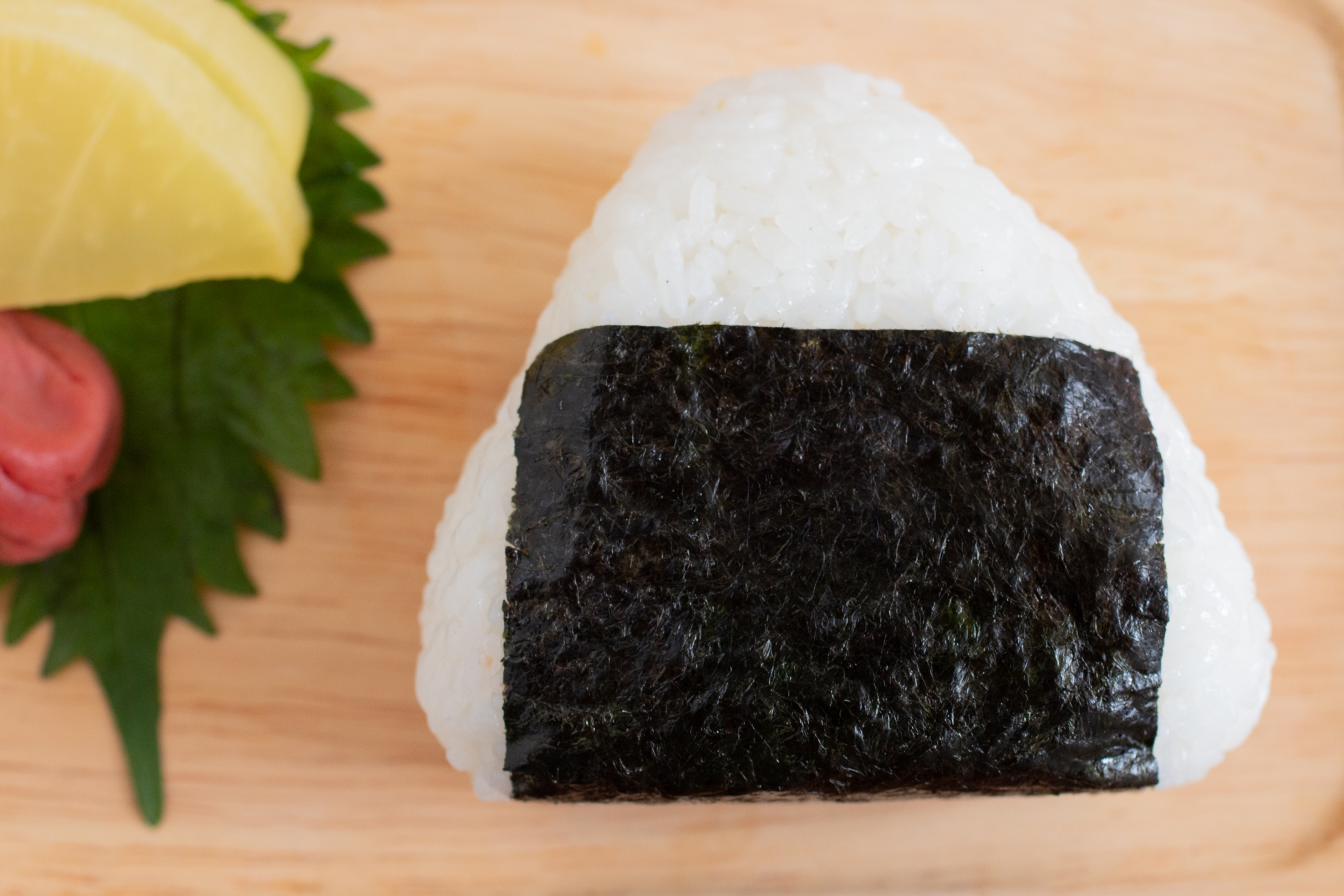Umeboshi is a traditional Japanese food that has been enjoyed for centuries. These pickled plums are a staple in Japanese cuisine and are known for their unique flavor and health benefits.
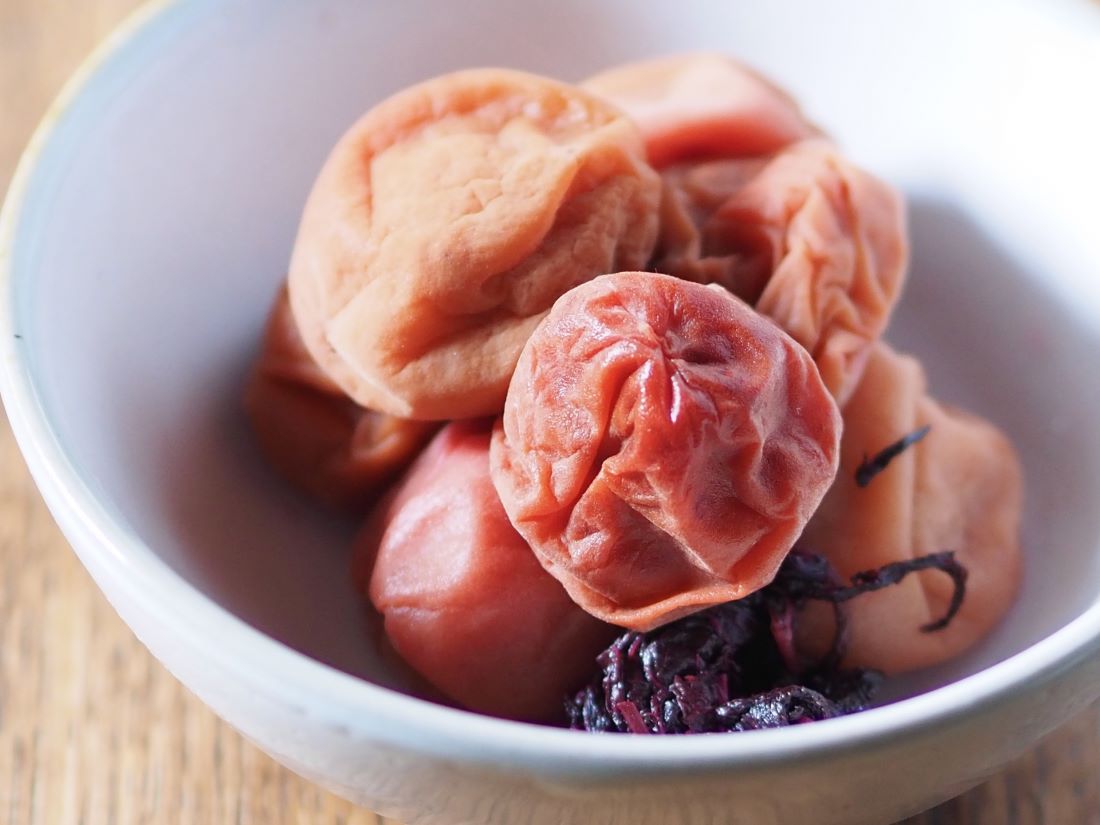
They are made by pickling Japanese plums in salt and then drying them in the sun and are often enjoyed as a condiment with rice or used as a filling in onigiri, a popular Japanese snack.
The flavor of umeboshi is tart and salty, but it also has a slightly sweet taste.
In addition to its unique flavor, umeboshi is also known for its health benefits and it is believed to aid in digestion, boost the immune system, and even prevent hangovers.

Umeboshi has a long history in Japanese culture and is still widely enjoyed today. It is a versatile ingredient that can be used in a variety of dishes, and its health benefits make it a popular choice for those looking to improve their overall well-being.
Whether you are a fan of Japanese cuisine or simply looking to try something new, umeboshi is definitely worth a try.
What is Umeboshi?
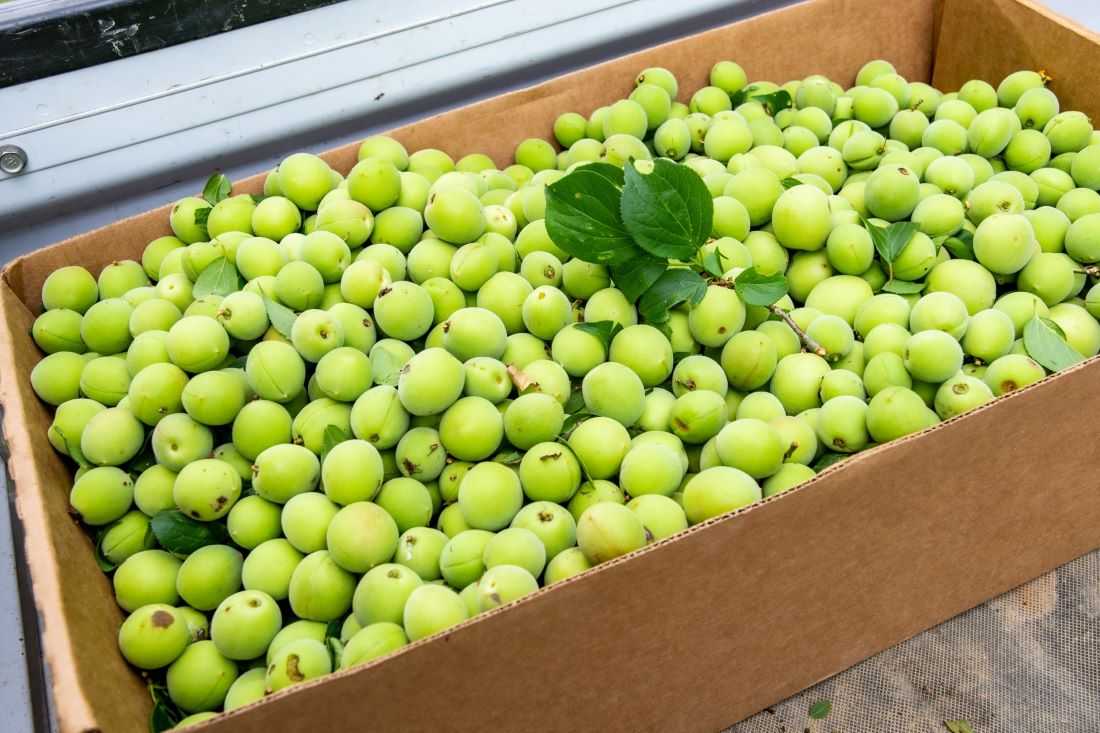
Umeboshi is a traditional Japanese condiment made from pickled plums. The word “umeboshi” literally translates to “dried plum,” but the pickling process actually involves soaking the plums in salt and then drying them in the sun. The resulting product is a sour, salty, and slightly sweet condiment that is commonly used in Japanese cuisine.
It is often used as a garnish for rice dishes, as well as in sushi rolls and bento boxes. It is also sometimes used as a seasoning for soups and stews, or as a flavoring for sauces and marinades. In addition to its culinary uses, umeboshi is also believed to have medicinal properties and is sometimes used as a natural remedy for digestive issues and other ailments.

It comes in a variety of forms, including whole plums, paste, and vinegar. The plums themselves can vary in size and flavor, depending on the region where they are grown and the specific pickling process used.
 Some umeboshi is made with added ingredients like shiso leaves, which give the plums a distinctive red color and a slightly minty flavor.
Some umeboshi is made with added ingredients like shiso leaves, which give the plums a distinctive red color and a slightly minty flavor.
History of Umeboshi

Umeboshi is made from pickled ume fruit, which is a type of apricot that is native to Japan. The process of making umeboshi involves salting the fruit and then drying it in the sun.
Once the fruit is completely dry, it is packed in airtight containers with shiso leaves, which give the umeboshi its distinctive red color.

The history of umeboshi can be traced back to the Nara period in Japan, which lasted from 710 to 794 AD. During this time, umeboshi was used as a medicinal food to help prevent sickness and promote good health. It was also commonly used as a condiment to add flavor to rice and other dishes.
Over the years, umeboshi has become a staple of Japanese cuisine and is enjoyed by people all over the world. Today, it is still used as a condiment and is often served with rice or used as a filling for onigiri, which are rice balls wrapped in seaweed.
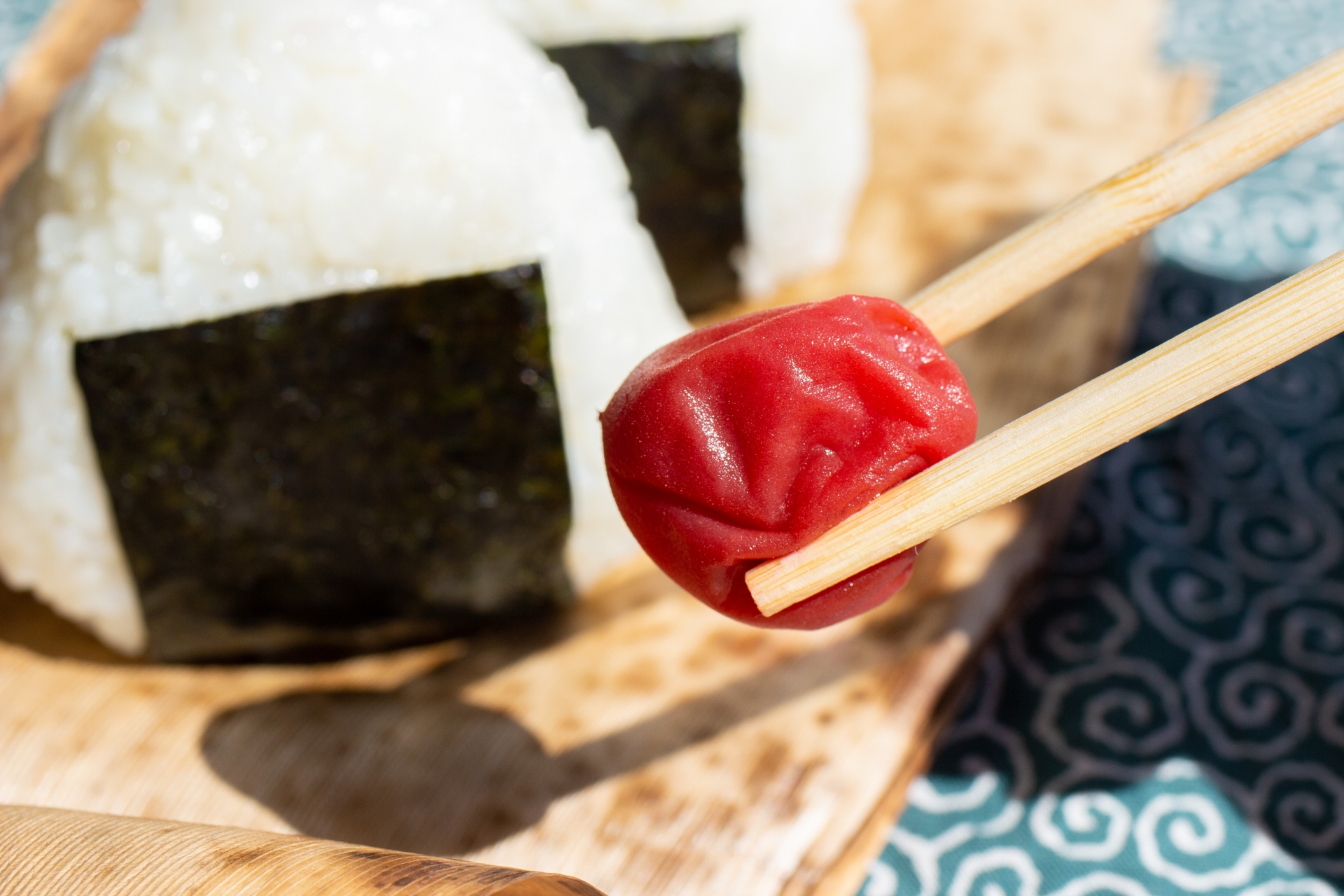
Despite its popularity, umeboshi has also been the subject of controversy. Some people claim that it has miraculous healing properties and can cure a variety of ailments, while others argue that these claims are exaggerated and unfounded. Regardless of its health benefits, however, there is no denying that umeboshi is a delicious and unique food that has stood the test of time.
Cultural Significance of Umeboshi

Umeboshi, or pickled plums, are a staple of Japanese cuisine and culture. They have been enjoyed for centuries and hold a special place in the hearts of the Japanese people. Here are a few reasons why:
- Health Benefits: Umeboshi are believed to have a number of health benefits, including aiding digestion, preventing fatigue, and boosting the immune system. They are also high in antioxidants and have anti-inflammatory properties.
- Symbolism: Umeboshi are often used in traditional Japanese New Year’s celebrations and are associated with good luck and longevity. They are also said to represent the Japanese spirit of “gaman,” or perseverance.
- Flavor: While the taste of umeboshi can be quite sour and salty, it is also uniquely delicious. It is often used as a condiment in Japanese cuisine, adding a tangy kick to rice, noodles, and other dishes.
Umeboshi have also been used in Japanese literature and art, further cementing their cultural significance. They are a beloved part of Japanese cuisine and culture, and will likely continue to be for generations to come.
Health Benefits of Umeboshi

Umeboshi, also known as Japanese pickled plums, have been a staple in Japanese cuisine for centuries. Not only do they add a unique flavor to dishes, but they also offer a range of health benefits. Here are a few reasons why you should consider incorporating umeboshi into your diet:
- Rich in antioxidants: Umeboshi are packed with antioxidants, which help protect your body from damage caused by free radicals. Free radicals are unstable molecules that can cause cell damage and contribute to the development of chronic diseases such as cancer and heart disease.
- Supports digestion: Umeboshi can help improve digestion due to their high fiber content. Fiber helps promote regular bowel movements and can also help lower cholesterol levels.
- Boosts immune system: Umeboshi contains citric acid, which has been shown to have immune-boosting properties. Additionally, the high levels of antioxidants in umeboshi can help strengthen the immune system and protect against illness.
- May help with hangovers: Umeboshi is a traditional remedy for hangovers in Japan. The high acidity of umeboshi is believed to help neutralize the effects of alcohol on the body.
While umeboshi offer a range of health benefits, it’s important to note that they are also high in sodium. If you have high blood pressure or are watching your sodium intake, it’s best to consume umeboshi in moderation.
How to Make Umeboshi
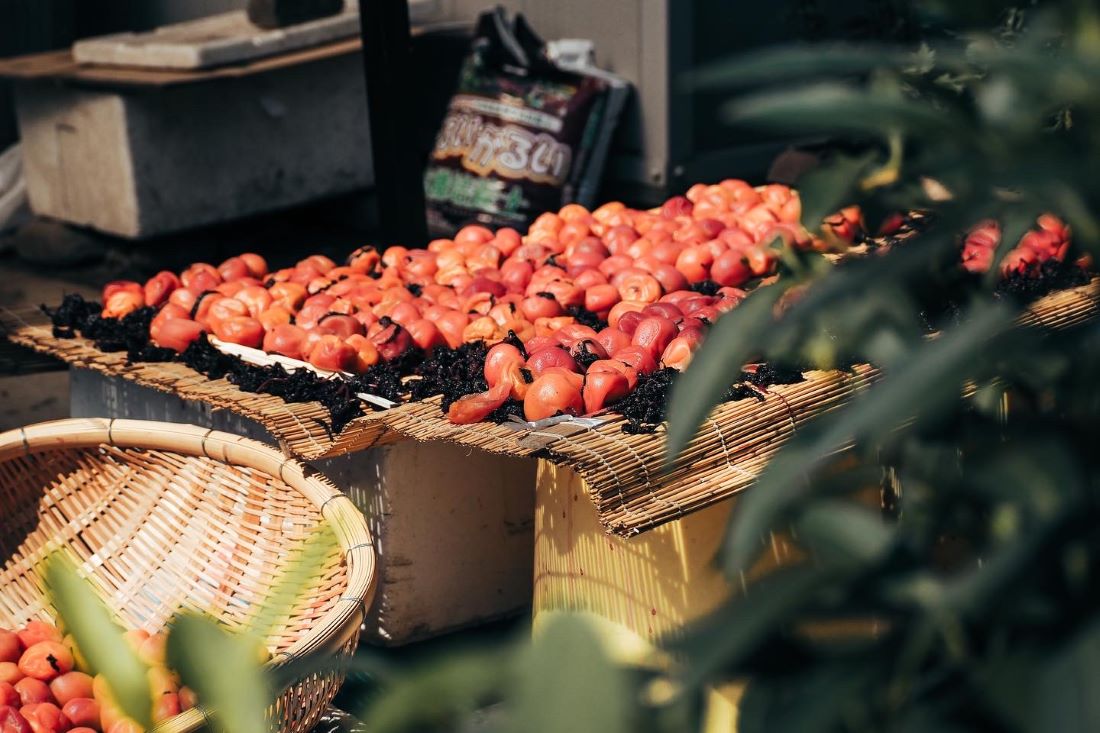
Umeboshi is loved for its tangy, salty, and sour taste. Making umeboshi at home is a great way to enjoy this delicious snack anytime you want.
Here’s a simple recipe to help you make your own umeboshi.
Ingredients:
- 2 pounds of fresh plums
- 2 cups of salt
- 1/2 cup of red shiso leaves
Instructions:
- Wash the plums and dry them thoroughly.
- Cut a small slit in each plum to allow the salt to penetrate.
- Place the plums in a large bowl and sprinkle them with salt. Mix well, making sure each plum is coated with salt.
- Place the plums in a clean jar, layering them with red shiso leaves.
- Press the plums down firmly into the jar to release their juices.
- Seal the jar tightly and store it in a cool, dark place for at least 3 months.
- After 3 months, open the jar and remove the umeboshi. Rinse them thoroughly to remove excess salt and shiso leaves.
- Dry the umeboshi in the sun for a day or two until they are firm and slightly wrinkled.
- Store the umeboshi in an airtight container in a cool, dry place.
Umeboshi is a great addition to rice dishes, salads, and even cocktails. Making your own umeboshi is a fun and rewarding experience that will allow you to enjoy this delicious snack anytime you want.
Ways to Enjoy Umeboshi

Umeboshi, also known as Japanese salt plums, are a popular ingredient in Japanese cuisine. They are not only delicious but also have numerous health benefits. Here are some ways to enjoy umeboshi:
- Add umeboshi to rice: Umeboshi is often added to rice to give it a tangy flavor. Simply chop up the umeboshi and mix it into the rice.
- Make umeboshi tea: Umeboshi tea is a popular drink in Japan. Simply add a few umeboshi to hot water and let it steep for a few minutes.
- Use umeboshi as a condiment: Umeboshi can be used as a condiment for various dishes. It pairs well with grilled meats, tofu, and vegetables.
- Make umeboshi onigiri: Onigiri is a popular Japanese snack that is made with rice and various fillings. Umeboshi is a popular filling for onigiri.
- Use umeboshi in dressings and sauces: Umeboshi can be used to add a tangy flavor to dressings and sauces. Simply blend the umeboshi with other ingredients to create a delicious dressing or sauce.
Umeboshi is a versatile ingredient that can be used in a variety of ways. Whether you add it to rice, make tea with it, or use it as a condiment, umeboshi is sure to add a delicious and unique flavor to your dishes.



